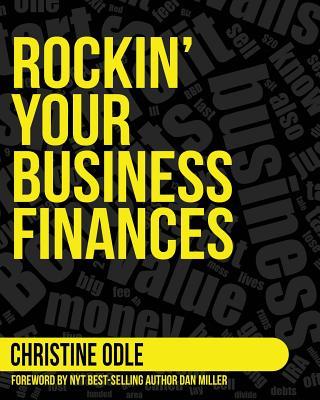
Consider an with no wealth but a great idea. The entrepreneur wants to raise $1 million needed to start a business. The entrepreneur is rational, maximizes expected utility and is risk neutral. There is a 75 percent chance that the business will go well and make money, in which case the business will generate $1.5 million: there is 25 percent chance that the business will go badly and lose money, in which case it will generate only $05 million. The entrepreneur can raise money from a bank loan (in which case the entrepreneur receives $x million from the bank promises to pay the bank a fixed dollar amount out of the proceeds from the business and/or from issuing stock (in which case the entrepreneur receives $x million from stock investors and promises to pay them a percent of what is left over after the bank loan has been repaid). Both the bank and the stock investors would be willing to accept an expected return of zero, so that they would be willing to put in $1 million for the promise of getting $1 million back on average. There are no taxes In the event of bankruptcy, legal fees will total $100,000. a. Imagine that the entrepreneur funds the project by raising $700,000 from a bank loan and $300,000 from issuing stock. i. What amount must the entrepreneur promise to repay the bank (except in bankruptcy, when the bank will only get the remaining proceeds after legal fees) to make them willing to lend? ii. What proportion of the company (the proportion of the proceeds after the bank has been repaid) mast the entrepreneur give to the stock investors? iii. Please fill in the following amounts that will be received by each party if the and Project goes well, if it goes badly, and on average b. Imagine that the entrepreneur funds the project by raising $500,000 from a bank loan and $500,000 from issuing stock. i. What amount must the entrepreneur promise to repay the bank (except in bankruptcy, when the bank will only get the remaining proceeds after legal foes? ii. What proportion of the company (the proportion of the proceeds after the bank has been repaid) must to entrepreneur give to the stock investors? iii. Please fill in the following amounts that will be received by each party if the project goes well, if it goes badly, and on average c. Which financing approach (a or (b)makes more sense for the entrepreneur? Pease explain briefly and quantify the size of the benefit of using the better approach. d. How much would the entrepreneur be willing to pay for full insurance he could precommit to buy this insurance before raising money for his (a) and in case (b)







